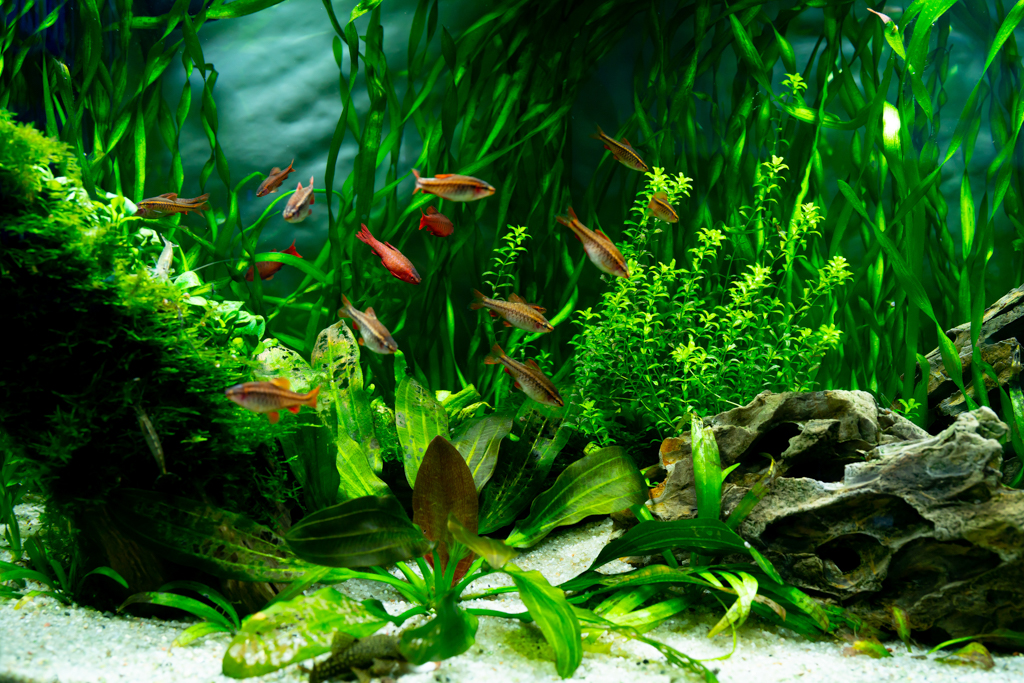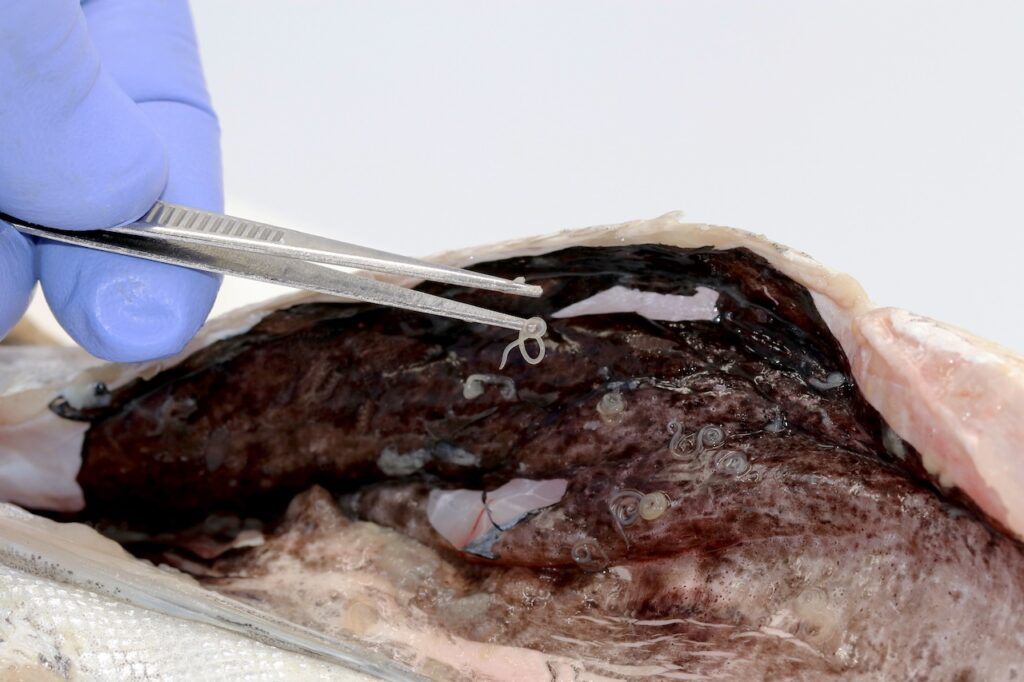Aquariums are a great way to enjoy the beauty of fish and aquatic plants in the comfort of your own home. However, aquariums can also be a breeding ground for parasites and diseases that can harm your fish and plants. In this article, we will discuss some of the most common aquarium parasites and diseases and how to prevent and treat them.
- Ich
Ich, also known as white spot disease, is one of the most common parasites in aquariums. It is caused by a protozoan parasite that infects the skin and gills of fish. Symptoms include white spots on the fish’s body, fins, and gills, along with lethargy and loss of appetite. To treat ich, raise the water temperature to around 86°F for several days, and add aquarium salt to the water. You can also use over-the-counter medications specifically designed to treat ich.
- Velvet
Velvet is another common aquarium parasite that affects fish. It is caused by a parasitic dinoflagellate that infects the skin and gills of fish. Symptoms include a gold or rust-colored dusting on the fish’s body, along with lethargy and loss of appetite. To treat velvet, use over-the-counter medications specifically designed to treat the parasite. You can also raise the water temperature to around 86°F to speed up the parasite’s life cycle and make it more vulnerable to treatment.
- Fin Rot
Fin rot is a bacterial infection that affects the fins and tail of fish. It is usually caused by poor water quality or a weakened immune system. Symptoms include ragged or frayed fins, along with discoloration and inflammation. To treat fin rot, improve the water quality in the aquarium by doing frequent water changes and using a high-quality filtration system. You can also use antibiotics specifically designed to treat fin rot.
- Dropsy
Dropsy is a bacterial infection that affects the kidneys and other internal organs of fish. It is usually caused by poor water quality or a weakened immune system. Symptoms include a bloated or swollen body, along with raised scales and protruding eyes. To treat dropsy, improve the water quality in the aquarium by doing frequent water changes and using a high-quality filtration system. You can also use antibiotics specifically designed to treat dropsy.
- Swim Bladder Disease
Swim bladder disease is a condition that affects the swim bladder of fish. It can be caused by a variety of factors, including poor water quality, overfeeding, or a bacterial infection. Symptoms include the fish swimming upside down or sideways, along with difficulty swimming and loss of appetite. To treat swim bladder disease, improve the water quality in the aquarium by doing frequent water changes and using a high-quality filtration system. You can also try feeding your fish a diet that is high in fiber and low in fat.
In conclusion, aquarium parasites and diseases can be a serious threat to the health and well-being of your fish and plants. To prevent and treat these issues, it is important to maintain good water quality, feed your fish a healthy diet, and use medications and treatments specifically designed to address the specific parasite or disease. By taking these steps, you can ensure that your aquarium remains a beautiful and healthy environment for your fish and aquatic plants.
![]()




